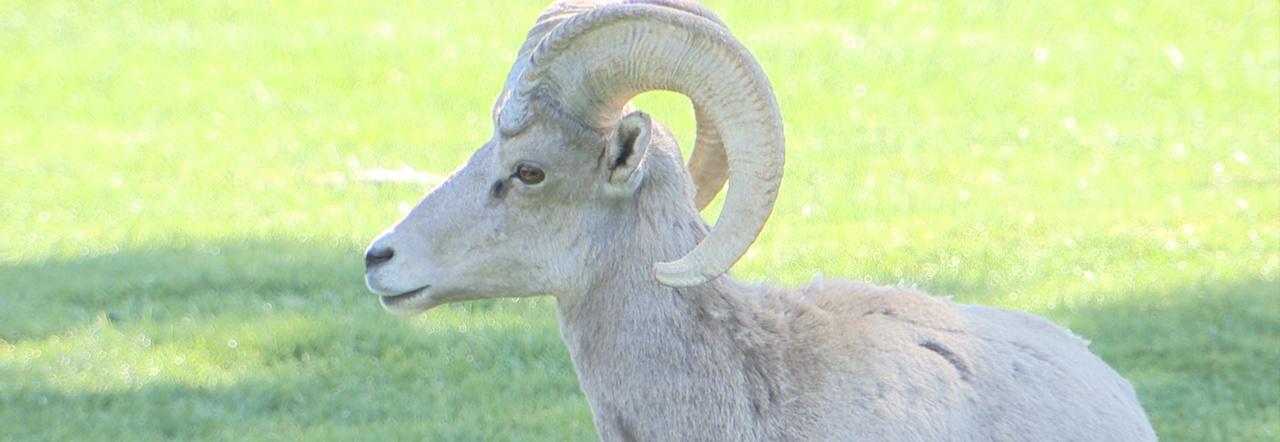Rescuing Nevada’s Bighorn Sheep Impacted by Drought


Nevada’s state animal is in trouble because of drought. The solution may involve moving some out of state to save them.
The Muddy Mountains at Valley of Fire State Park are home to hundreds of bighorn sheep. It’s an area that has gone several months without rain. A lack of water puts bighorn sheep at risk of terminal dehydration. They not only need water to drink but they also need it to digest the dry vegetation they eat.
The Nevada Department of Wildlife has worked to combat the problem by bringing water to the bighorn sheep. Using helicopters, they fly water out to guzzlers, which are man-made water developments sheep can drink from. But when the bighorn sheep populations increase, there isn’t enough water for everyone.
"The density of sheep that we had here from 2014 to 2019, when conditions were good, probably isn’t sustainable with these drying conditions," Joe Bennett, Wildlife Staff Specialist for the Nevada Department of Wildlife told Nevada Week.
“I’ll tell you, the worst day of my career was when we were flying bighorn sheep surveys in 2020," Bennett continued. "We flew over a guzzler in the West Muddies and there were dead sheep at that water development because the guzzler was dry. I hate saying that on camera, but I don’t want to see it again.”
One solution may be moving dozens of bighorn sheep to other areas so remaining sheep in the Muddy Mountains can better access the water.
"Relocating animals, trapping them, removing them, from in this case, the Muddy Mountains here in Clark County, is one way to lower the density," Patrick Cummings, president of the Fraternity of the Desert Bighorn said.
"It does a favor, not only for the animals that you’re translocating, provided of course, they can make the adjustment, they can manage the predator risk because there are predators out there … Removing animals also benefits the resident herd by lowering the density and the pressure on forage resources and water resources.”
The Fraternity of the Desert Bighorn helps pay for these water projects keeping bighorn sheep alive. It’s an expensive endeavor, with funding coming from donations and excise taxes on guns and ammunition.
And ironically, from hunting tags for the bighorn sheep. A few tags are sold at banquets or as raffle prizes to help raise money used to protect these animals.
The Nevada Department of Wildlife plans to move around 150 sheep starting in June. As many as 50 sheep could be moved to Utah. The rest will be released in areas around Nevada with better water access.
A smart and state-focused public affairs program, Nevada Week provides insight into the most current and critical issues facing Nevada. This weekly half-hour show covers a wide range of important issues such as health care, politics, arts and culture, education, economic development, social services and more.
Contact Nevada Week: nevadaweek@vegaspbs.org
John learns a little more about the bighorn sheep.
We join a group of volunteers preserving Nevada’s State Animal, the Desert Bighorn Sheep.

A new initiative focused on civic engagement and community conversations in partnership with The Nevada Independent.